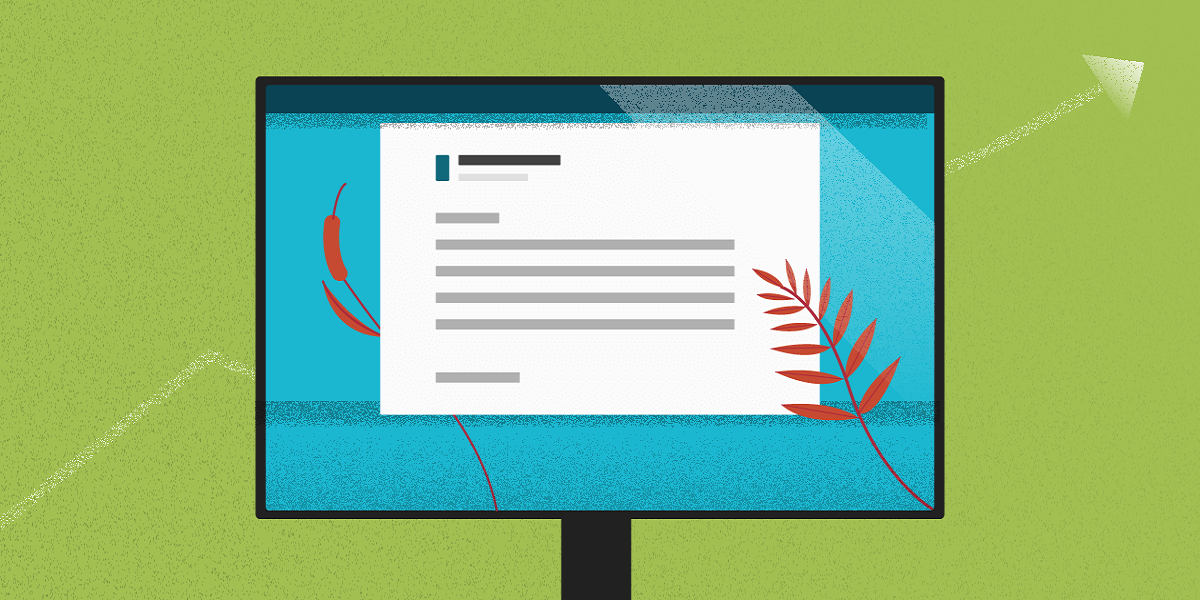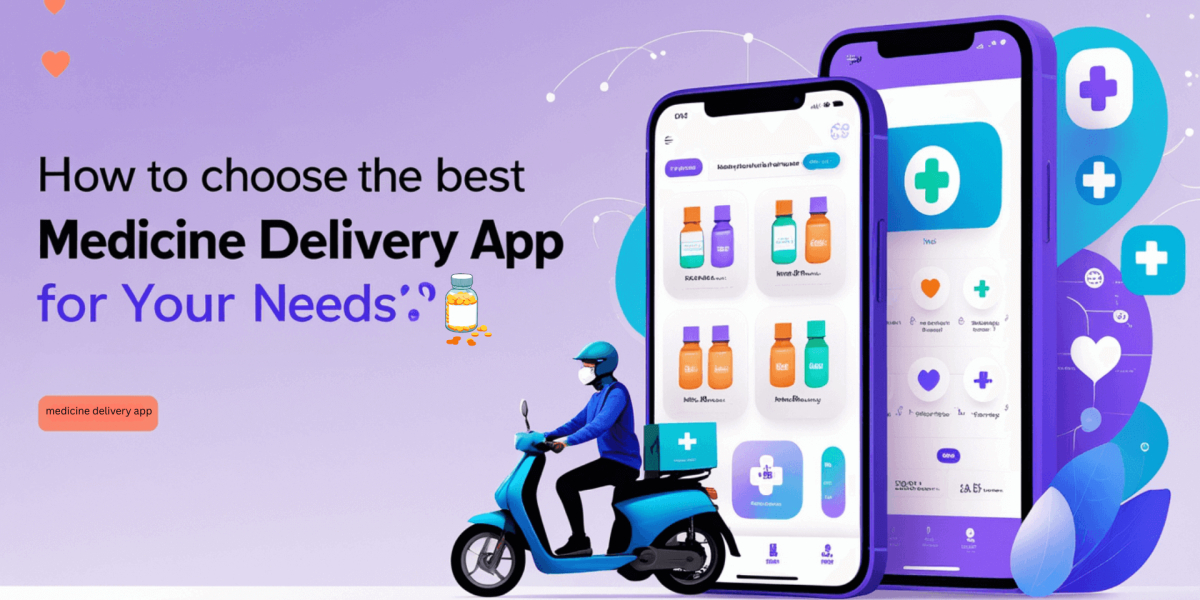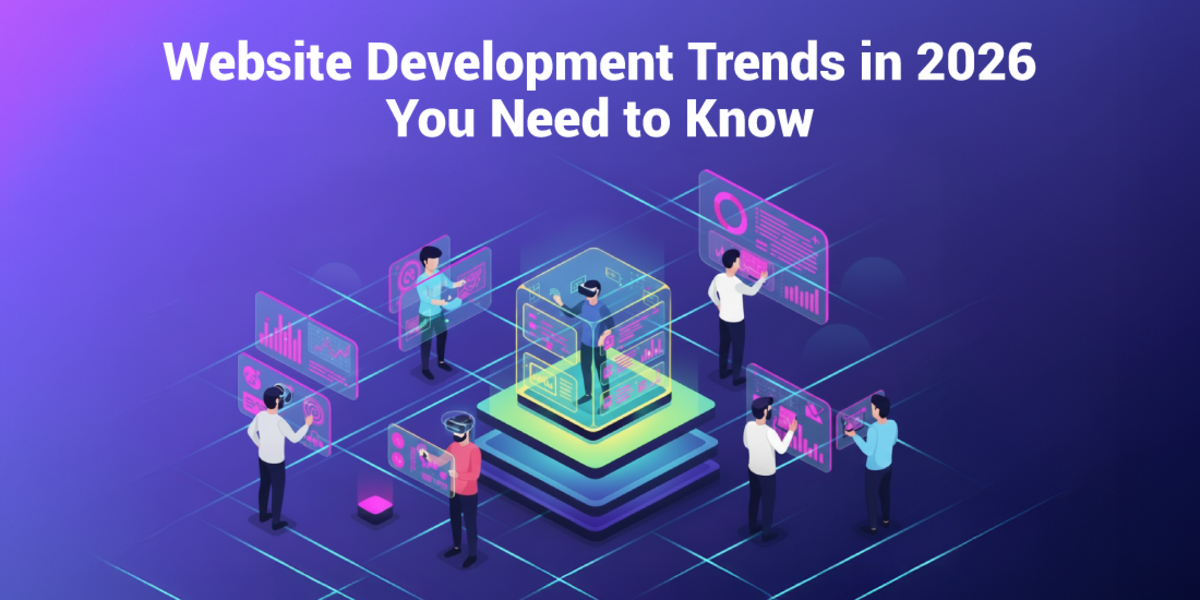How To Include SEO In The Design Stage
- By Joe Dawson
- 06-01-2021
- SEO

Building a website that is stylish and functional is top of your list, and you’ll understand just how critically important SEO is. If you assume that it is only part of the content, you are already missing a trick or two.
Building a website is the result of a team of people pulling together. Designers create the interface of the website, and content writers create the messaging. At some point in this process, and SEO specialist will join, tweaking and optimising the site, so it hits all the current SEO markers.
When it comes to SEO, there is a dangerous assumption that that too, falls to one person. But SEO is something everyone involved in building a website should be involved in.
How important is SEO?
Search engine optimisation (SEO) is comprised of many different elements, understanding how all these work is key to understanding how important SEO is.
More traffic to your site means more conversions, but you won’t get this traffic if the algorithm of the largest search engine, Google, doesn’t find your site. This means it won’t bounce the website onto the first page of results. Having an overall picture of how SEO works across your site and not just in the content, is crucial.
SEO during the initial proposal stage
Most clients have a clear vision of what they want a website to achieve. For example, they want to build an e-commerce site that places them in front of their competitors, or they want to create a library of useful resources that meet the need of their demographic, for example.
Either way, they are asking for a website to be designed and built that is successful. Most people understand SEO as being keywords, but there is a lot more to it. Understanding user intent is one, for example, a component that will inform design which in itself feeds back into the SEO loop.
Laying out SEO details at this proposal stage is about:
• Responsive web design on all devices
• Fast loading pages (under three seconds)
• Great security
• Content written for humans but with search engine bots in mind too
• Custom-built pathways for your customers or users to follow
SEO during the setup and planning phase
With a firm idea of what the website needs to achieve, the time has come to start planning how to reach these lofty, ambitious goals.
• Auditing current logos and other ‘assets’ – if it’s not a brand new website, the likelihood is that a designer will be using current assets such as logos and graphics. Poor quality graphics or pixelated photos will not hit the right SEO markets and so may need to be re-designed to a higher quality.
• Content – should you design the website first or start with the copy? It’s a trick question because as you design because working on both at the same time produces the results you need. It also helps the copywriter produce content that is both readable (humans) and scannable (bots).
• SEO & conversion funnels – for e-commerce sites, the sales funnel should be on a par with SEO and the planning phase. SEO is strongly linked at every stage of the conversion funnel, thus mapping how SEO will bring people to the funnel should be part of this stage.
SEO and web design and development
This is arguably the most intensive phase of building a website, and from an optimising point of view, there is a lot to consider:
• Technical SEO
Not to be underestimated, this style of SEO covers aspects such as a 99.9% uptime web hosting, as well as security with SSL certificate for the site and a firewall implemented. There are also technical aspects such as tracking and analytics to consider, along with a clean web history of the domain.
• Design SEO
The structure and architecture of a website also contributes to optimisation for the web. It should be a responsive web design, as well as mobile responsive. There should be a clear call to action on each page, and all links and buttons are tested and working. There also needs to be a custom 404 page set up.
• On-page SEO
An experienced copywriter will be sure to hit these optimising markers, but if not, the web and app designer will need to ensure they are. Essentially, as well as error-free content, descriptive slugs need to be in place along with meta titles and descriptions with the focus on keywords.
There should be one unique keyword per page with a density throughout the content of 1 to 3%. Web copy needs to be written using shorter sentences and short paragraphs. A plagiarism check wouldn’t go amiss either.
• Local SEO
72% of consumers end up visiting stores within five miles, and that means setting up Google My Business as well as using geographic-specific words in content and some headers. Where relevant, location pages can boost local SEO and so providing phone numbers and addresses will also boost results.
• Ongoing SEO support
Monitoring key aspects such as broken link checking, keyword ranking monitor and page speed testing are all part of ongoing SEO support, along with other important aspects.
Solving the SEO puzzle with good web design
SEO is a puzzle. Search engines don’t give all the answers to the questions we have, and so it becomes a game of sorts to make sure that a website remains relevant in terms of SEO.
But optimising a website isn’t just about bots and algorithms. It needs to be authoritative in design and content, a website that is clearly ‘alive’ and being used by people.
Great web design is essential for this. Visually attractive, people will linger longer on its page. Excellent content converts and informs.
Behind great web design, there needs to be a strong SEO strategy that not only pushes the website on to great things but gets it noticed in the first place. If SEO is not part of the web design process right from the start, the danger is that the website will not perform to the best of its capabilities.


.jpg)


